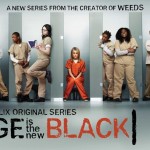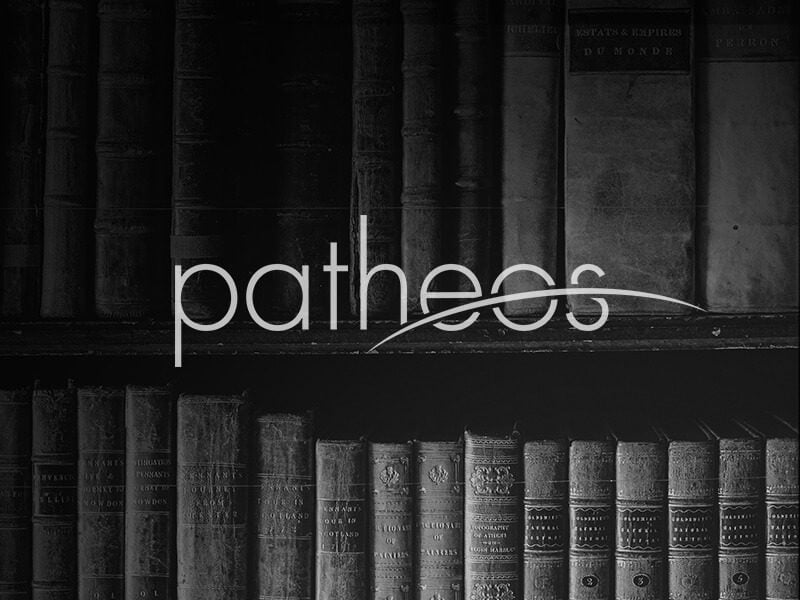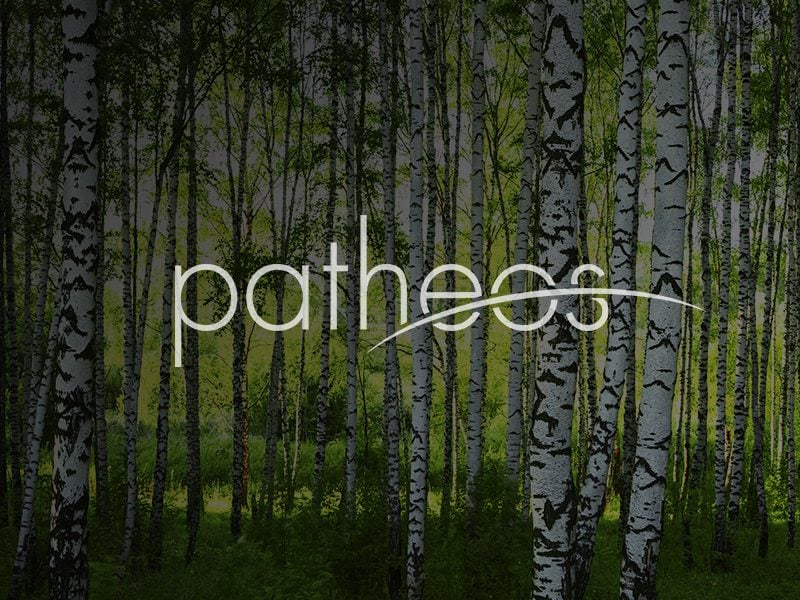Most major mythologies say that humanity will end up in either a hades or a heaven. Their destination might be based on merit, usually on wealth, sometimes on whim. But there they go, either through a series of perfection or an interrupting rapture. It’s hard to imagine an ending to the world other than one or the other. This cosmic threshing remains a philosophical option. The mythology lives on.
Take, for instance, the first season of HBO’s “True Detective.” Much has been written about the show that Pizzolatto wrote in a manic stint in his garage over one summer. Strong symbology. Tragic characters. Primordial contradictions. Delicious conspiracy theories. It’s dangerously well written.
One thread within the show’s darkly-hued fabric has to do with our place in and perspective on time. In the episode “The Secret Fate of All Life” Rust Cole explains to us: “Time is a flat circle.” Everything has happened and will happen as it always has, “again…and again…and again. Forever.” The cosmos repeats itself, forever unsolved. “Nothing is ever solved.” Life is grown then cut down like grass. Rust’s character begins fresh and fit, and ends up hollow and wistful, bound by an unquestioned and unshakable duty to finish the job. He cannot swerve. He cannot resolve.
At counterpoint, take David Foster Wallace’s Infinite Jest. One plot line to the book is about this mysterious (but very real) film cartridge. If someone sits down and watches it, they become so hungry to keep watching it, that they’ll put their player on automatic repeat and watch the film over and over, forgetting all else until they die of starvation or exhaustion. Though it’s hazy what the “Entertainment”is about, the result is the same in every case. It doesn’t matter if you’re mad, innocent, or a good or bad person. Only a few seconds into it and you only want to watch it. It becomes the only thing you desire.
Both of these cultural artifacts make a strong aesthetic (if not a rigorous metaphysical) judgment. By the end of “True Detective,” the flat circle is challenged. Light can, in the end, defeat the dark; its possible for things to be solved. And the Entertainment of Infinite Jest is never medicinal nor redemptive, even though it captures all pleasure, sensual to mystical. It is not spiritual relief, but consumption. It can only be used as a weapon. In both cases the thing that embodies hades (flat circle) or heaven (Entertainment) is rejected or avoided. Both unmake men.
Unlike the ancient eschatons, in these artistic works, heaven and hades are not placed in some inaccessible location. The manifestation of “True Detective’s” flat circle and the embodiment of Infinite Jest’s Entertainment are found on the earth. No cosmic distance separates these sources of infinite pain or infinite pleasure. “Earth” evaporates as merely the de dicto term for what is, de re, heaven or hades, because the source of infinite pain or infinite bliss exists here. Hades is no longer the basement, heaven the ceiling; we live either in the basement or above the ceiling. Death is no longer transfers us to one or the other. In life we are already there.
Something else has changed. In the old mythologies, hades is the place everyone wanted to avoid, and heaven the place everyone wanted enough money, class-hierarchy, or good works to get into. Infinite Jest especially rejects this premise. Infinite bliss turns people into rotting, salivating bags of titillating epilepsy. Not only do these two works collapse earth into hades or heaven, but hades and heaven effectively collapse into each other. The life that True Detective portrays and the object that Infinite Jest offers are equally inhumane. Neither perfect the one who embraces it. They depict with remarkable inspiration the issue with making hell or heaven the conclusion to life. Either, or a mingling of, pleasure and pain would kill us.
If not pain or pleasure, what kind of infinite corresponds to the end of man? This (Utilitarian) imagination can go far enough to put the infinite into the finite world, yet not a part of our humanity is bettered for it, even by pleasure. Those finite experiences repeat infinitely. They are never drawn to the infinite. When pain and pleasure repeat, they numb and wear down. Curiously enough, both have the same binary effect on man. Incredible pain and incredible pleasure can send men into silent shock or alarming screams. A fit of laughter looks like a fit of weeping to someone who just walks in. And the silence of a man wanting the joke’s punch line is like the man who hears the news of something grave. In both, there is something unfinished; tension without release.
In other words, they do not bring peace. Euphoria and aversion, and our experience of them verifies this, are momentary. The facial expressions of both can be caught in stone. For suffering, consider Jean Baptiste Carpeaux’s Ugolino and his Sons and for bliss see Bernini’s Saint Teresa of Avila in Ecstasy. Heaven or Hades becomes a tableau vivant of infinite duration, a quantum state of immortal superposition, a motif that both Pizzolato and Wallace take seriously.
You cannot, however, capture in one sliver of time, in the permanency of a statue, the expression of a man who sings. And you cannot reduce a song to either pain or pleasure. It is, like other more complex activities – dance, conversation, prayer, writing – an activity that has no internal ending to it, no rote repetition of the same gesture, always inventive, dynamic, extending – polyphonous.
It seems that the activity which admits of the “most” infinite elaboration is doxology. What neither the heavenly pleasure of the Entertainment or the hellish loop of True Detective has room for is thanksgiving. It is utterly foreign, anomalous. They cannot account for it. You cannot say thank you and it make any sense to the world. Glory is not the experience or glorification the response. The world has fallen away from dialogue with the divine.











